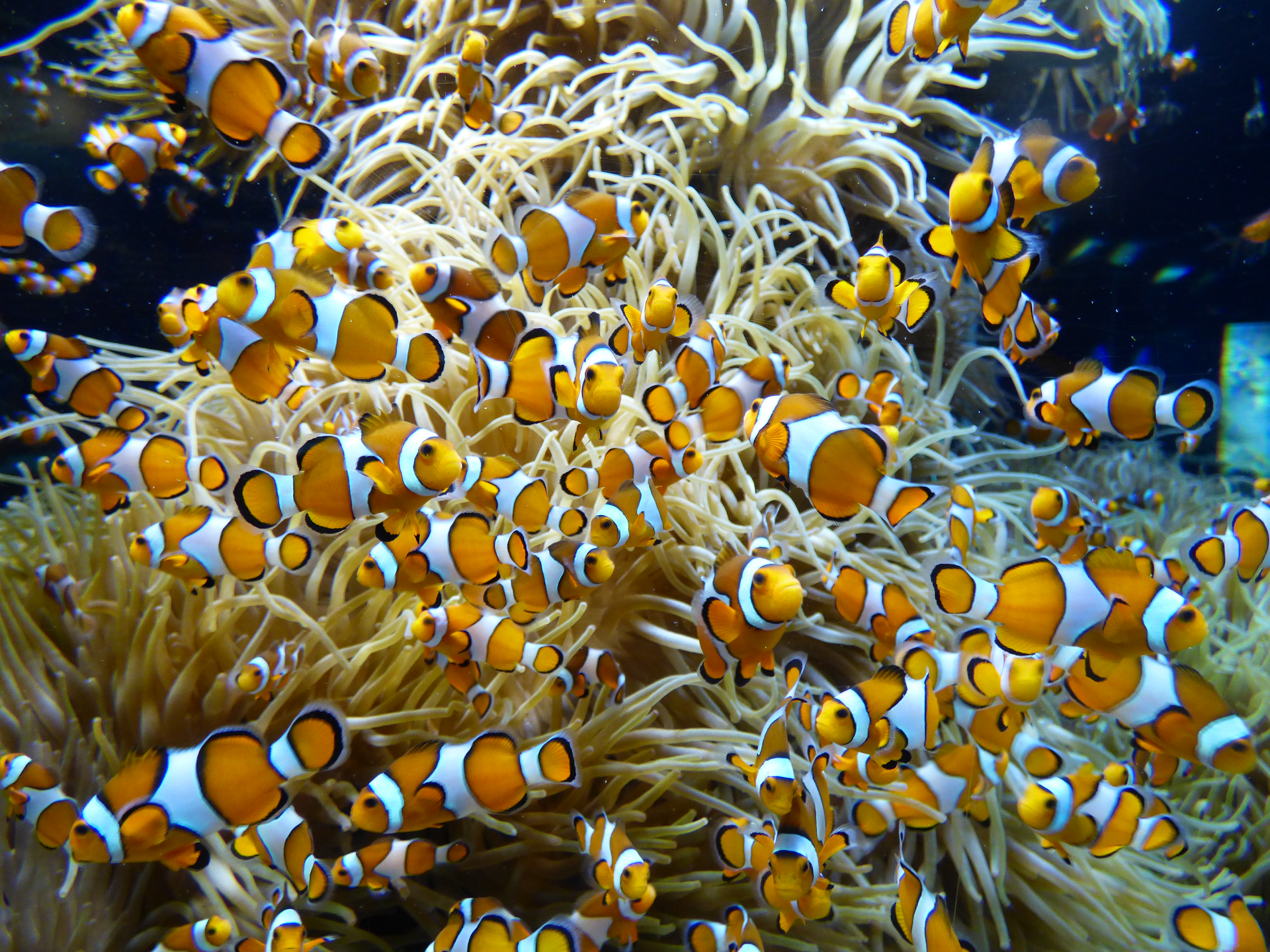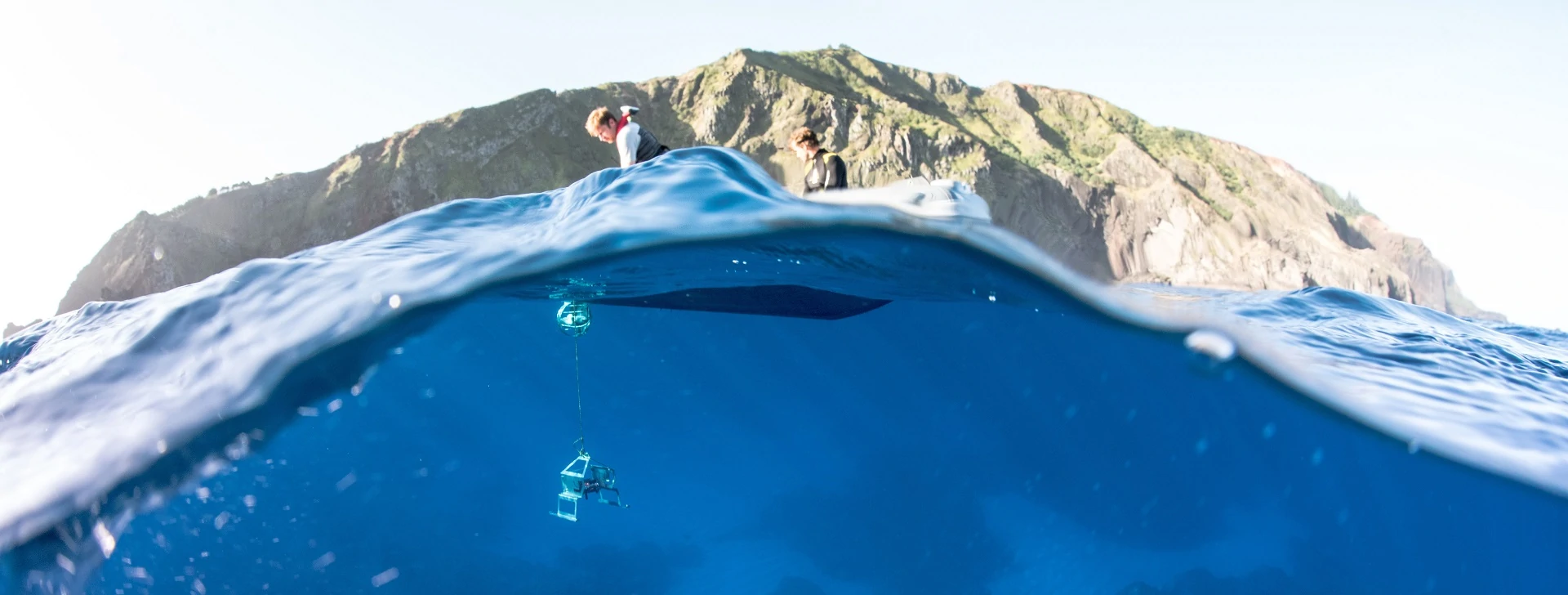Publication Abstract
- Title
-
Trends in therapy and prophylaxis 1991 to 2001
- Publication Abstract
-
Trends in therapy and prophylaxis 1991 to 2001
D.J. Alderman
This overview attempts to chart the changes in approach to prevention and control of disease in aquaculture in Europe over the last ten years.
In 1991 when the Office International des Epizooties organised a conference entitled "Chemotherapy in aquaculture: from theory to reality" concentration of interest was very much towards the problems of the use of chemotherapeutants, mainly antibiotics, to control aquatic disease. Major changes were underway in the way in which veterinary medicines were approved in Europe. Greater information on potential for drug resistance, both in the aquatic environment and in its possible importance for the consumer of aquacultural products was becoming essential. The "MRL Regulation" had just been published and work was going on towards the development of formal residue monitoring programmes for fish meat. As anticipated at that time, the availability of chemotherapeutants for use in aquaculture has become more restricted and very few new drugs have become available.
Fortunately, also in the early 1990’s another major change was taking place, in that effective fish vaccines began to become available, particularly for prevention of furunculosis in the rapidly expanding salmon industry. So rapidly did these vaccines become accepted that the market for antimicrobials in European aquaculture fell from many thousands to a few tens of kilograms per annum. By the turn of the Century effective vaccines were available for control of the major bacterial pathogens and the first viral vaccines were reaching marketability. A few pathogens such as Renibacterium and Flavobacterium pyschrophilum, both mainly problems with the lower value trout industry remain without effective vaccines.
Outside of the bacterial pathogen field the principal advances have continued in chemotherapy, with oral drugs for the control of sea lice infestations becoming available to replace the use of organophosphates with their difficulties and hazards of use. Malachite green became recognised as a problem largely because of persistence of residues after exposure which became evident as the residue monitoring programmes became established.
In the last three or four years, new trends have become evident, with the publication of research into the use of probiotics to prevent or mitigate the effects of infectious disease. Interest in the use of immunostimulants has increased and these are now added to many commercial diets. Rigorous data substantiating the effects of these approaches is still not available.
Reference:
D.J. Alderman. 2002. Trends in therapy and prophylaxis 1991 to 2001. Bulletin of the European Association of Fish Pathologists, 22(2): 117-125
- Publication Internet Address of the Data
- Publication Authors
-
D.J. Alderman*
- Publication Date
- March 2002
- Publication Reference
-
Bulletin of the European Association of Fish Pathologists, 22(2): 117-125
- Publication DOI: https://doi.org/


